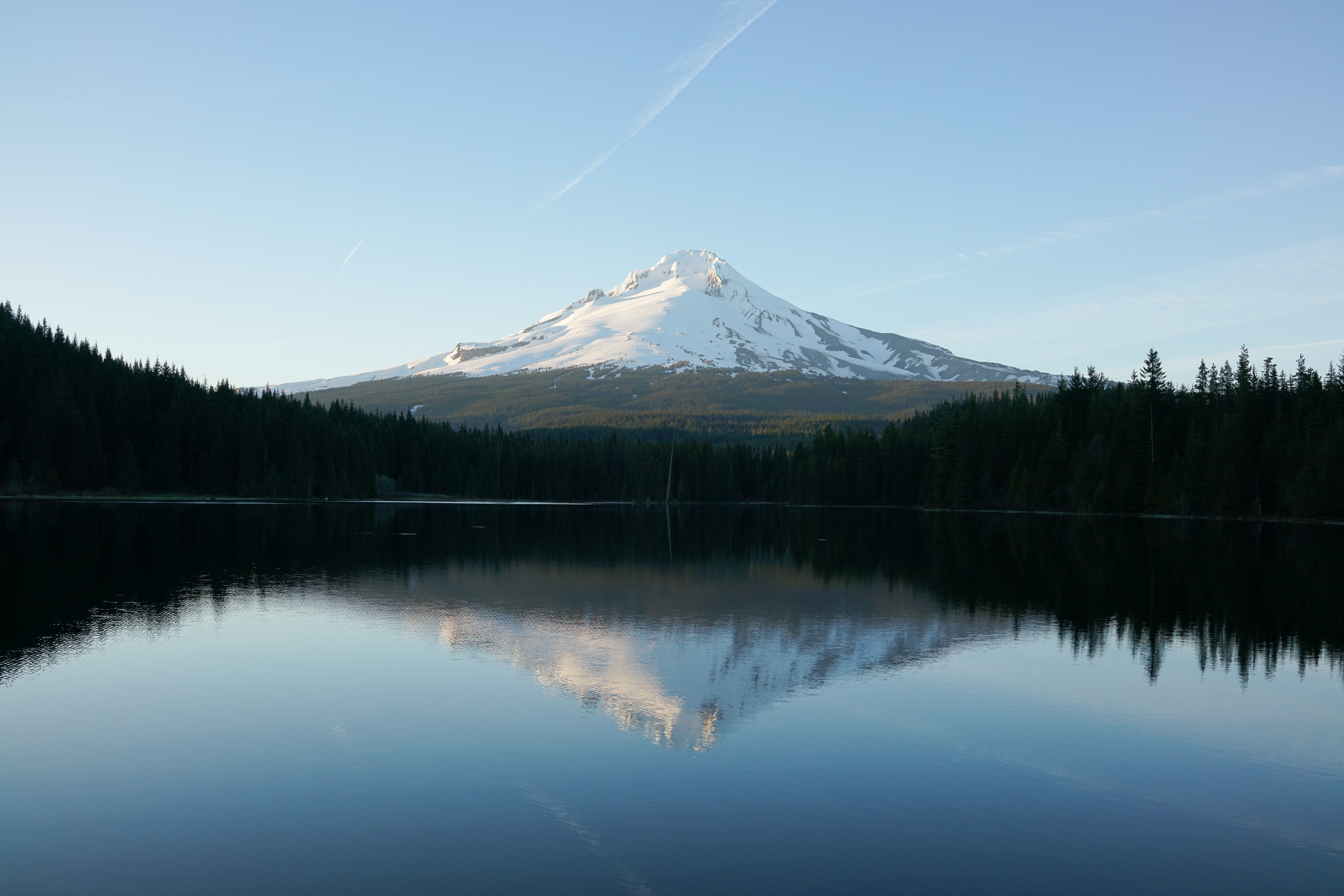By Pacific Institute Staff
Freshwater resources are fundamental for maintaining human health, agricultural production, and economic activity as well as critical ecosystem functions. As populations and economies grow, new constraints on water resources are appearing, raising questions about limits to water availability. Such resource questions are not new. The specter of “peak oil” – a peaking and then decline in oil production – has long been predicted and debated. Real limits on water are far more worrisome, and far more difficult to evaluate, than limits on traditional nonrenewable resources such as petroleum. Water is fundamental for ecosystem health and for economic productivity, and for many uses it has no substitutes.
The Pacific Institute has developed and defined three concepts of “peak water”: peak renewable water, peak nonrenewable water, and peak ecological water.
- Peak renewable water applies where flow constraints limit total water availability over time.
- Peak nonrenewable water is observable in groundwater systems where production rates substantially exceed natural recharge rates and where overpumping or contamination leads to a peak of production followed by a decline, similar to more traditional peak-oil curves.
- Peak “ecological” water is defined as the point beyond which the total costs of ecological disruptions and damages exceed the total value provided by human use of that water.
Despite uncertainties in quantifying many of these costs and benefits in consistent ways, more and more watersheds appear to have already passed the point of peak water. Applying these concepts can help shift the way freshwater resources are managed toward more productive, equitable, efficient, and sustainable use.
The California drought is an example of the large and growing gap between the state’s water use and the available water supply – and how more sustainable use can make the difference.


